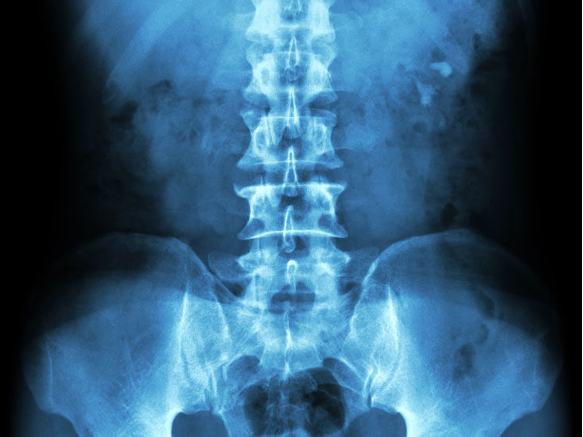Recent Posts
Radiofrequency (RF) Ablation
Radiofrequency ablation (RFA) is a procedure used to provide long-lasting pain relief from joint arthritis. Multiple joints can be treated with radiofrequency ablation, including:
- Lower back (facet joints)
- Neck (facet joints)
- Sacroiliac joint
- Knee joints
First, your doctor will first listen to your story about your pain, and then they will examine you to determine if arthritis seems to be the cause of your pain. Imaging or other diagnostic studies may be helpful during our initial assessment.
Next, to confirm that arthritis is the problem, your doctor will then perform a diagnostic procedure, which involves numbing the nerves of the arthritic joints under X-Ray guidance. These are called “test blocks.” This is a short, temporary pain-relief procedure where your doctor will administer short acting local anesthetic, such as lidocaine with a small dose of steroid, to turn off the painful signals in these joints. If your pain significantly improves (even if only for an hour or two), then you will likely have significant pain relief from the radiofrequency ablation procedure.
After a positive result from the “test block” procedure, you will come back to the clinic for the radiofrequency ablation (RFA) procedure. First, we first apply numbing medicine to the skin. Then, using X-Ray imaging, we place a special small needle in the same place near the painful joints in the body. Next, we will stimulate the muscles to ensure that our needle is positioned in a safe location. Then, after another dose of numbing medication, we apply heat to the nerve to reduce the pain you feel from the joint. The procedure usually lasts from 15 to 30 minutes.
It may take several weeks for the RF procedure to take effect. Although uncommon, some patients may feel a sunburn type sensation for several days after the procedure. We recommend mild pain relievers (such as extra-strength tylenol) to be taken after the procedure for any symptoms. However, if this is not effective in controlling your post-procedure pain, please call us to discuss any problematic symptoms, and we will work with you to make the experience go as smoothly as possible.
You will usually have a follow-up appointment a month or two after the procedure to discuss the results. As with most injection procedures, radiofrequency ablation does not provide a permanent cure, since radiofrequency ablation does not permanently destroy the nerve. This allows the nerve to grow back very slowly over time so that painful neuromas (tangled nerve fibers) do not form. Although nerve regrowth does mean that the pain may return, the radiofrequency procedure can be repeated when the pain comes back. The relief from RFA can last from months to years in some cases.
Ask your physician if you are a candidate for this effective treatment for chronic arthritis pain.


